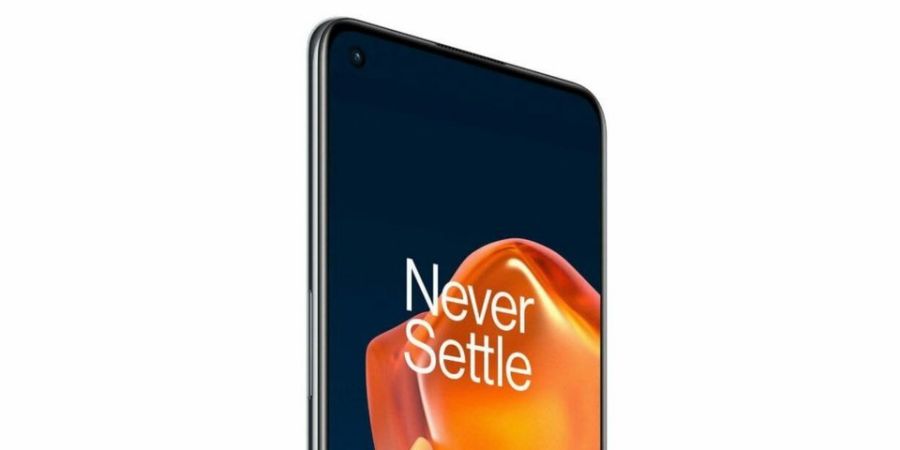

I came across the original OnePlus One box when sifting through old stuff before moving to a new house this week. It's been seven years since the phone was released, and OnePlus has evolved significantly in that time.
What used to be a one-phone-at-a-time brand has evolved into something more akin to Apple, with several phones released during the year. This isn't necessarily a negative thing; it demonstrates how the brand has become secure enough to branch out into new product segments and categories. As a result, the "flagship killer" now has several flagships in its lineup, attempting to compete with other flagships in various price ranges.
The latest OnePlus 9 Pro is specifically aimed at the top of the market, with features that will hopefully fulfil the most discerning user's needs.
OnePlus 9 Pro specifications: 6.7-inch AMOLED display with 1440 x 3216p resolution at 525 ppi and smart 120 Hz refresh rate | Qualcomm Snapdragon 888 processor with 8/128 GB and 12/256 GB options | 48MP main camera + 50MP ultra wide + 8MP telephoto and 2MP monochrome + 16MP front camera | 8K video recording at 30 frames per second | 4500 mAh battery with Warp Charge 65T (10V/6.5A) Warp Charge
:What's nice about the OnePlus 9 Pro?
From the start, the OnePlus 9 Pro appears to be a OnePlus phone. Despite the latest popular quad-camera block, the design language has remained unchanged. That in and of itself is a message, accentuated by the Hasselblad branding beneath it. Morning Mist is the colour we received for review, and it's a really interesting colour — like a shiny finish with a foggy appearance.
Actually, I couldn't help but think that the Morning Mist's metallic finish, with its ultra-luxury looks, is slowly moving into Samsung territory. However, this is a OnePlus phone through and through, with the distinctive notification toggle occupying a prominent position on the edge.
The OnePlus 9 series' show has received a lot of attention from OnePlus. In terms of display, the OnePlus 9 Pro has a lot to offer. This phone's refresh rate can be adjusted from 1Hz to 120Hz depending on what you're doing. This is also a practical thing to do, because you don't need the 120Hz all of the time, and if you're looking at anything static, 1Hz will suffice. In bright light, the handset performs admirably.
There's more to this show than meets the eye. OnePlus has introduced a Hyper Touch feature to offer gamers a much faster response time. Along with the beautiful screen, there's audio that's loud and clear, good enough for watching movies and winning games.
Thanks to Qualcomm’s latest Snapdragon 888 5G, the processing power is the best you can get in Android phones. The phone is clearly capable of handling everything. I noticed a bit of heating after about 30 seconds of 8K recording, but that is understandable. For top-end gaming, where you will be using 120Hz refresh rate and pushing the CPU and GPU to its limits, OnePlus has added the CoolPlay feature that keeps the device temperatures low. So all my efforts to get the car back on the road in a rather long and very unsuccessful session of Hashiriya did not have much of an impact on the phone.
But the Hasselblad camera is definitely the OnePlus 9 Pro's selling point for me. OnePlus is now relying solely on Hasselblad's software expertise to develop what has always been a competent camera. The most significant impact of this collaboration, in my opinion, is how OnePlus has stopped being an Android camera thanks to Hasselblad's enhanced colour reproduction. The findings are now more normal, similar to what you'd see on an iPhone.
















